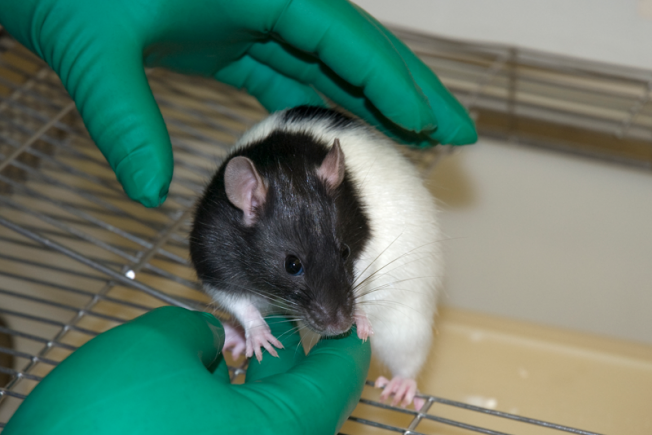Rodent models of stroke
At a glance
Keywords
Contents

Overview
We have convened an expert working group to review the current use of rodent models of stroke and identify opportunities for refinement. This work was instigated at the request of academics from the stroke research community.
Strokes are a major cause of death and ill health, affecting around 100,000 patients every year in the UK. They are caused by an interruption to the blood supply to the brain; the two main types of stroke are: ischaemic stroke (the most common one, when a blood vessel is blocked) or haemorrhagic stroke (when a blood vessel is leaking).
Stroke represents an area of considerable unmet medical need. There are no treatments to repair the affected brain structures and the only option to protect the remaining brain structures from the consequences of a stroke is to reopen the blocked blood vessel, which is only suitable for a small minority of ischaemic stroke patients. The discovery of new treatments currently relies on the use of in vivo models.
The majority of rodent ischaemic models target the middle cerebral artery, with either transient or permanent occlusion. The methods of occlusion can be mechanical, electrocoagulation, pharmacological or thrombo/embolic, and a spectrum of stroke severities, from mild to substantial, can be achieved using the various models.
The IMPROVE Guidelines
Based on a review of the literature and their own expertise, the working group identified opportunities to improve the in vivo modelling of ischaemic stroke. They also provided a number of recommendations to minimise the level of severity in the most common rodent models of middle cerebral artery occlusion, while sustaining or improving the scientific outcomes. Termed the IMPROVE Guidelines (Ischaemia Models: Procedural Refinements Of in Vivo Experiments), they have now been published in the Journal of Cerebral Blood Flow and Metabolism.
We have also produced an A3 poster summarising the guidelines that can be downloaded using the link below. This provides a useful reference for researchers, animal welfare staff and vets.
The recommendations cover basic requirements pre-surgery, selecting the most appropriate anaesthetic and analgesic regimen, as well as intra-operative and post-operative care. The aim is to provide support for researchers and animal care staff to refine their procedures and practices, and implement small incremental changes to improve the welfare of the animals used to answer the scientific question under investigation.
Our initiative complements that of the Multi-PART consortium, whose work included developing best practice SOPs for rodent models of ischaemic stroke.
Research Funding
We have invested close to £1 million in grants and PhD studentships to develop non-animal models of stroke (e.g. induced pluripotent stem cells), and to refine existing rodent models.
Publications
- Paper: Percie du Sert N et al. 2017. The IMPROVE Guidelines (Ischaemia Models: Procedural Refinements Of in Vivo Experiments). J Cereb Blood Flow Metab 37(11): 3488-517. doi: 10.1177/0271678X17709185
- Poster: An A3 poster summarising the IMPROVE guidelines can be downloaded using the link below. This provides a useful reference for researchers, animal welfare staff and vets.
The IMPROVE Guidelines (poster).pdfPDF 173.4 KB
